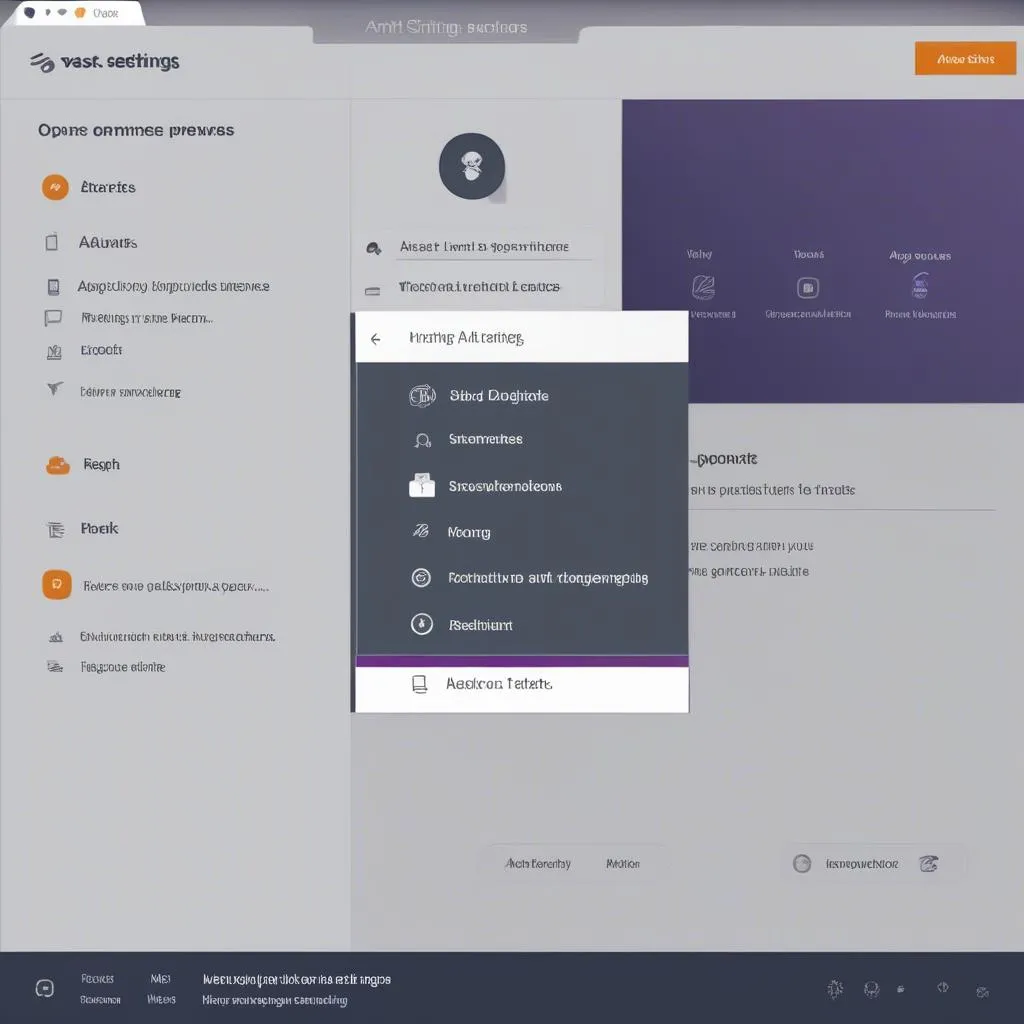Car radio wiring splitters are essential components for anyone looking to upgrade their car audio system without the hassle of rewiring the entire setup. They provide a simple and effective way to connect multiple devices to a single power source or audio output. This article will delve into the intricacies of car radio wiring splitters, covering everything from their function and types to installation and troubleshooting.
What is a Car Radio Wiring Splitter?
A car radio wiring splitter, also known as a harness adapter or Y-adapter, is a small device that allows you to connect multiple audio components to your car’s existing wiring. This is especially useful when installing aftermarket car stereos, amplifiers, speakers, or other accessories that require power or audio signal connections. Instead of splicing into your factory wiring, which can be risky and damage your car’s electrical system, a splitter provides a clean and convenient solution. It effectively splits the existing signal or power into multiple outputs, allowing you to connect several devices without complicated modifications.
Different Types of Car Radio Wiring Splitters
Car radio wiring splitters come in various configurations to suit different needs. Understanding the types available is crucial for choosing the right one for your specific application.
Power Splitters
Power splitters divide a single power source into multiple outputs. These are often used for powering multiple amplifiers or other accessories that require a 12V power connection.
Speaker Wire Splitters
Speaker wire splitters allow you to connect multiple speakers to a single audio output channel. These are useful for adding more speakers to your car’s sound system without having to run new wires from the head unit.
RCA Splitters
RCA splitters divide the audio signal from your head unit to multiple amplifiers or other audio processors. They are commonly used in more complex audio setups where multiple amplifiers are required for different speaker sets.
How to Install a Car Radio Wiring Splitter
Installing a car radio wiring splitter is generally straightforward. However, it’s crucial to follow the correct procedure to avoid potential problems. Here’s a step-by-step guide:
- Disconnect the car battery: This is a crucial safety step to prevent electrical shorts and potential damage to your car’s electrical system.
- Locate the wiring you need to split: Identify the power, speaker, or RCA cables that you need to connect to your new devices.
- Connect the splitter to the existing wiring: Carefully connect the splitter to the appropriate wires, ensuring a secure connection.
- Connect your devices to the splitter: Connect your amplifiers, speakers, or other accessories to the splitter’s output connections.
- Test the connections: Turn on your car stereo and test the functionality of the connected devices to ensure everything is working correctly.
- Reconnect the car battery: Once you’ve confirmed that everything is working as expected, reconnect the car battery.
Troubleshooting Common Issues with Car Radio Wiring Splitters
While car radio wiring splitters are generally reliable, occasional issues can arise. Here are some common problems and how to troubleshoot them:
- No sound from speakers: Check the speaker wire connections to ensure they are secure and connected to the correct terminals.
- Distorted audio: This can be caused by a poor quality splitter or loose connections. Try replacing the splitter or checking the connections.
- Amplifier not powering on: Check the power connections to the amplifier and ensure the splitter is receiving power from the car’s electrical system.
“A common mistake people make is using a low-quality splitter,” says John Smith, a Senior Automotive Electrical Engineer at AutoTech Solutions. “Investing in a reputable brand can save you headaches down the road.”
Choosing the Right Car Radio Wiring Splitter
Choosing the right car radio wiring splitter depends on your specific needs. Consider the number of devices you need to connect, the type of signal or power you need to split, and the quality of the splitter. A high-quality splitter will provide a reliable and consistent signal, while a low-quality splitter can introduce noise or other issues. “Always check the specifications of the splitter to ensure it’s compatible with your car’s electrical system and the devices you’re connecting,” advises Maria Garcia, Lead Technician at CarAudio Experts.
Conclusion
Car radio wiring splitters are invaluable tools for expanding and upgrading your car audio system. Understanding the different types, installation procedures, and troubleshooting tips can help you make informed decisions and achieve optimal audio performance. By choosing the right car radio wiring splitter and installing it correctly, you can enjoy a high-quality audio experience without the complexity of rewiring your entire car’s electrical system. Remember to always prioritize safety and consult a professional if you’re unsure about any aspect of the installation process.
FAQ
-
What is the purpose of a car radio wiring splitter? A car radio wiring splitter allows you to connect multiple devices to a single power source or audio output in your car’s audio system.
-
How do I install a car radio wiring splitter? Disconnect the car battery, locate the wiring to split, connect the splitter, connect your devices, test, and reconnect the battery.
-
What are the different types of car radio wiring splitters? Common types include power splitters, speaker wire splitters, and RCA splitters.
-
How do I choose the right car radio wiring splitter? Consider the number of devices, the type of signal or power, and the quality of the splitter.
-
What should I do if my speakers aren’t working after installing a splitter? Check the speaker wire connections to ensure they are secure and connected to the correct terminals.
-
What can cause distorted audio after installing a splitter? This could be due to a low-quality splitter or loose connections.
-
What if my amplifier doesn’t power on after installing a splitter? Check the power connections to the amplifier and the splitter’s power source.

